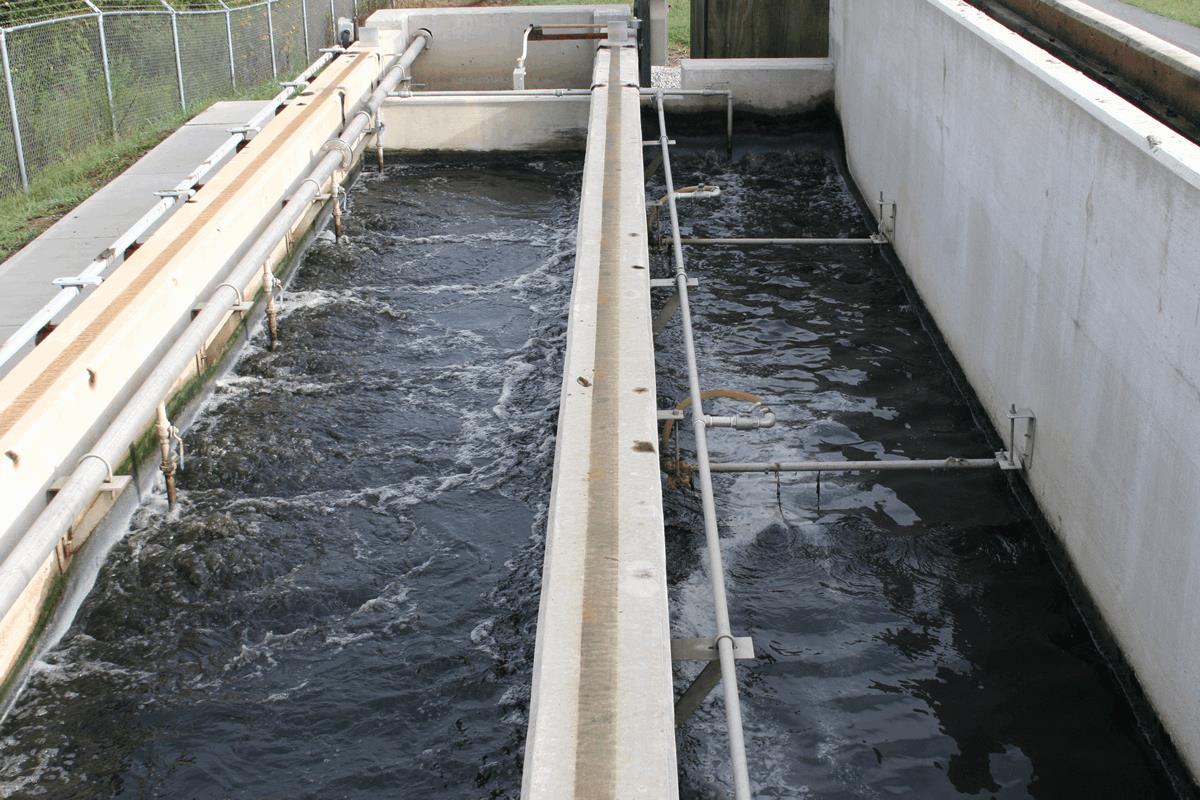Grit Removal
Grit consists of sand, gravel, cinders, and other heavy materials. It also includes organic matter such as eggshells, bone chips, seeds, and coffee grounds. Pretreatment may include a sand or grit channel or chamber, where the velocity of the incoming sewage is adjusted to allow the settlement of sand and grit.
Grit removal is necessary to
- reduce formation of heavy deposits in aeration tanks, aerobic digesters, pipelines, channels, and conduits
- reduce the frequency of digester cleaning caused by excessive accumulations of grit
- protect moving mechanical equipment from abrasion and accompanying abnormal wear.
The removal of grit is essential for equipment with closely machined metal surfaces such as communitors, fine screens, centrifuges, heat exchangers, and high pressure diaphragm pumps. Grit chambers come in 3 types: horizontal grit chambers, aerated grit chambers and vortex grit chambers. Vortex type grit chambers include mechanically induced vortex, hydraulically induced vortex, and multi-tray vortex separators. Given that traditionally, grit removal systems have been designed to remove clean inorganic particles that are greater than 0.210 millimeters (0.0083 in), most grit passes through the grit removal flows under normal conditions. During periods of high flow deposited grit is resuspended and the quantity of grit reaching the treatment plant increases substantially. It is, therefore important that the grit removal system not only operate efficiently during normal flow conditions but also under sustained peak flows when the greatest volume of grit reaches the plant.


